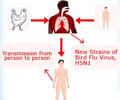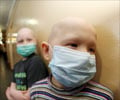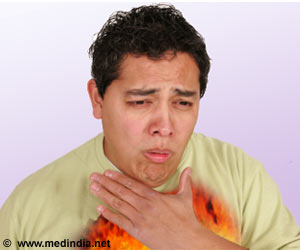Higher rates of influenza-like cases can be observed in boroughs served by a small number of underground lines.

The study, published in Environmental Health, will help to inform measures to control the spread of infectious disease.
Dr Goscé explained: "Higher rates [of influenza-like cases] can be observed in boroughs served by a small number of underground lines: passengers starting their journey in these boroughs usually have to change lines once or more in crowded junctions such as King's Cross in order to reach their final destination.
"On the other hand, lower influenza-like rates are found in boroughs where either the population do not use public transport as the main form of transport to commute to work; or boroughs served by more underground lines, which guarantee faster trips with less stops and contacts with fewer people."
For instance, one finding highlighted that infection rates in residents of Islington, who often change lines at crowded Kings Cross St. Pancreas, were nearly three times higher than in commuters from Kensington, who mostly take direct trains.
The team hopes that their findings will inform Government epidemic policies. Dr Goscé said: "Policy makers, in particular, should address the role potentially played by public transport and crowded events and avoid encouraging the attendance of such environments during epidemics."
Advertisement
Dr Goscé said: "These results are preliminary following limitations of the dataset. Empirical studies. Empirical studies combining aero-biology and pedestrian modelling would be important in improving model fidelity and devising non-pharmaceutical control strategies tackling threshold densities to minimise numbers of infections and optimal ventilation in different crowded environments."
Advertisement









